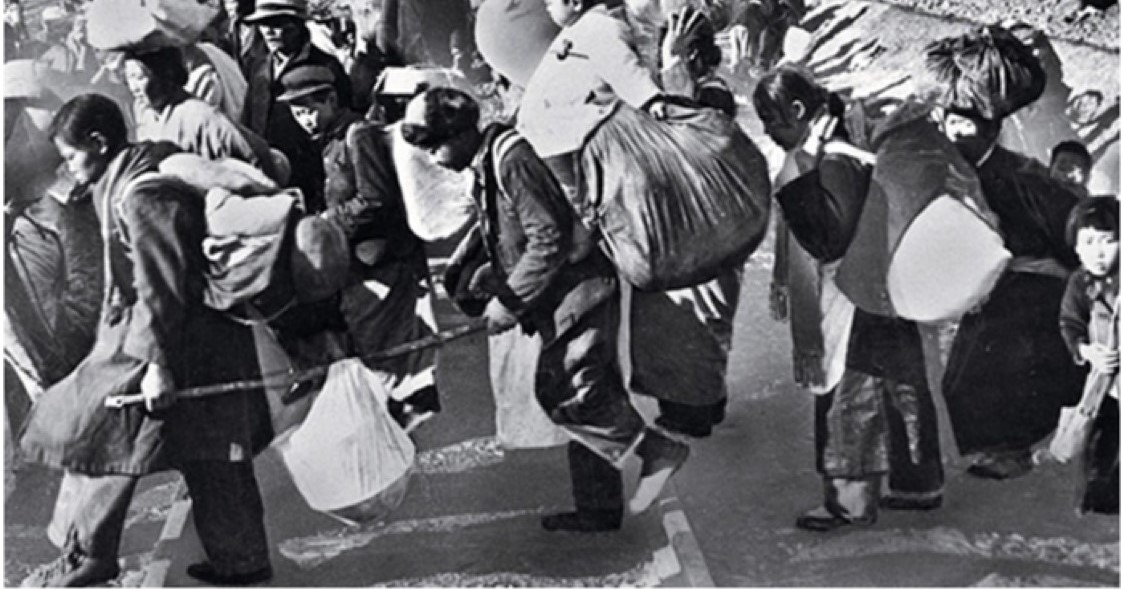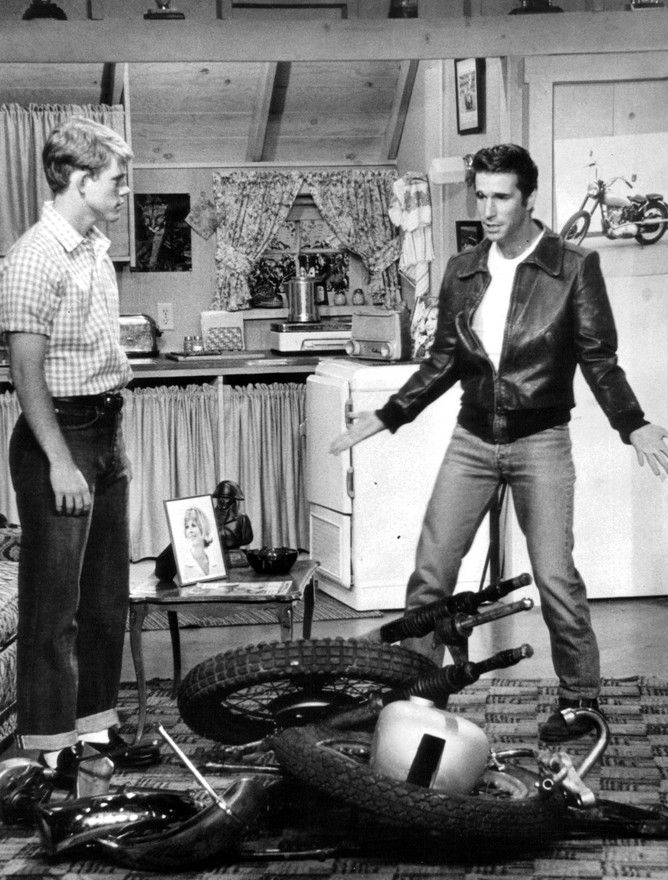
Overview: The Post WWII Era
The Cold War
After World War II, a four decade long Cold War erupted between the Soviet Union and the United States, a conflict that became a hot war in Korea, Vietnam, and elsewhere. The origins of the Cold War lies in the class between the the United States and the Soviet Union over such issues as the Soviet dominance over Eastern Europe, control of atomic weapons, and the Soviet blockade of Berlin. The establishment of a Communist government in China in 1949 and the North Korean invasion of South Korea in 1950 helped transform the Cold War into a global conflict. The United States would confront Communism in Iran, Guatemala, Lebanon, and elsewhere.
Cold War tensions abroad were accompanied by a second Red Scare on the home front. In an atmosphere charged with paranoia and anxiety, there was deep fear at home about “enemies within” sabotaging U.S. foreign policy and passing atomic secrets to the Soviets.
Postwar America

During the early 1970s, films like American Graffiti and television shows like “Happy Days” portrayed the 1950s as a carefree era—a decade of tail-finned Cadillacs, collegians stuffing themselves into phone booths, and innocent tranquility and static charm. In truth, the post-World War II period was an era of intense anxiety and dynamic, creative change.
During the 1950s, African Americans quickened the pace of the struggle for equality by challenging segregation in court. A new youth culture emerged with its own form of music—rock ‘n’ roll. At the same time, maverick sociologists, social critics, poets, and writers—conservatives as well as liberals—authored influential critiques of American society.